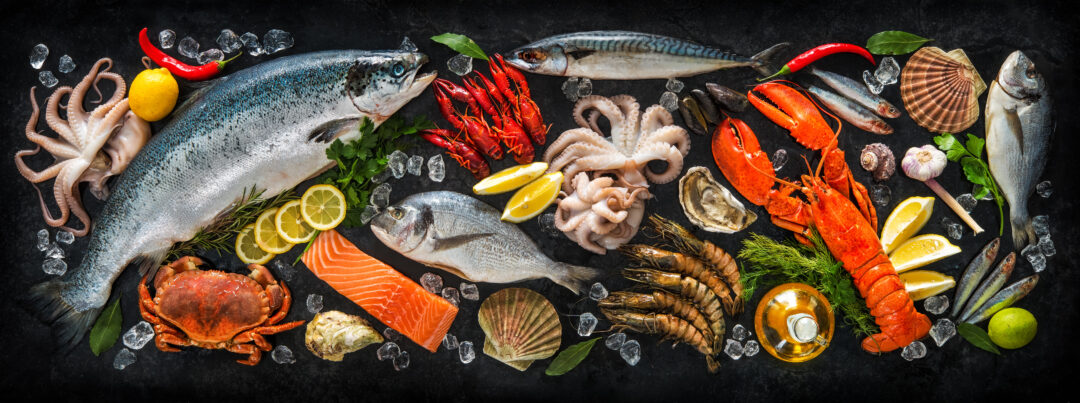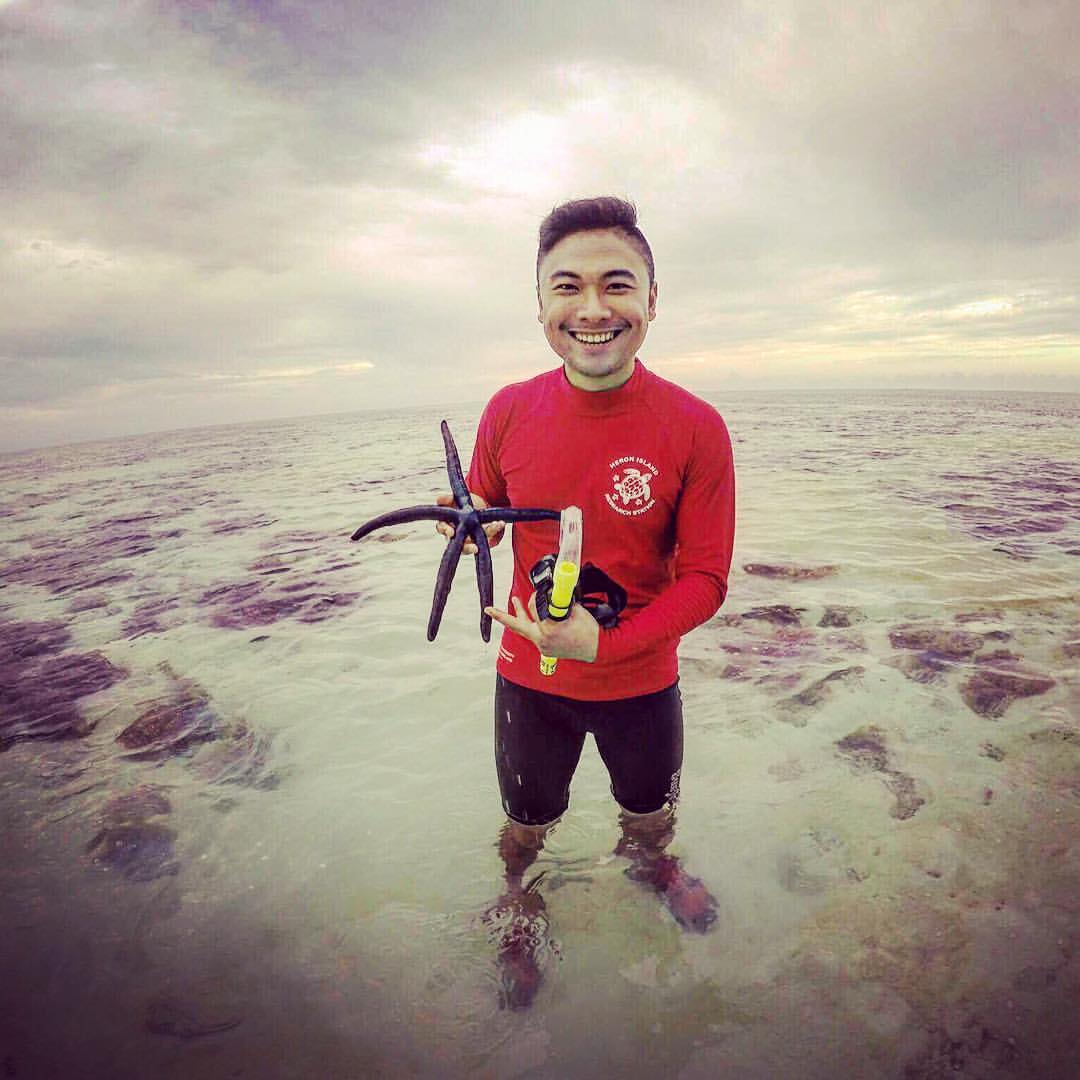Have Your Say
A space for all our contributing writers!

The Science and Numbers of Seafood Sustainability
International media and global politics frequently spotlight hot topics such as global warming and other environmental issues plaguing the world. These leadership discussions can appear as warring tribes hellbent on inflicting the final blow and less about implementing sustainable change. At the heart of every political debate lies economics. How do we feed a growing world population? A significant source of our food supply lies in our vast oceans. However, are our current practices of extracting our daily supper sustainable?
Our per capita global seafood intake from 2014 to 2019 was 20.5 kg, according to Statista, a statistics analysis company. Some nations such as Singapore consume more than 22 kg of seafood per capita, which is a significant 10% higher than the global average. Singapore being Asia’s hub, has limited resources and rely largely on foreign food imports from neighboring countries such as Thailand, Malaysia, Indonesia, and Vietnam.
Our appetite for seafood does not appear to be waning. However, an area for concern is with bycatch and the practices surrounding its “unwanted” netting. In 2018, a study published reported an annual global catch of approximately 180 million tons of fish. Sadly, only 156 million tonnes end up on our plates, with the remaining 24 million tonnes tossed as bycatch or untargeted netting.
With the global population increasing at an average of 1.1% per year, which equates to roughly 83 million additional babies per year, there is naturally an increased demand on food supply. With our need for seafood increasing, farmers and fishers all over the globe face increasing pressure to supply their local markets and export to neighbouring countries or further afield.
Since 1990, there has been a 14% increase in captured fisheries globally, an increase of 527% in aquaculture production, and 122% increase in fish consumption. These statistics will only keep rising over our lifetime.
The good news is several governments are leading the charge to a more sustainable future for seafood. For example, fish farms are growing exponentially thanks to generous government subsidies and grants in Singapore. However, it does seem too early to shuck the oysters and celebrate. The question remains as to our ability to create a sustainable food source for global citizens. After all, the one thing we all share is the ocean.
A university lecturer of mine once said, “We harvest the ocean and farms at such a rapid rate that before nature and farmers can even recuperate, we demand more again.” We can only hope these wise words echo the halls of political chambers worldwide. Then, we may have a chance of achieving sustainable hope.
Follow the Food and Agriculture Organization of the United Nations for more information regarding global demand on fisheries: http://www.fao.org/home/en/

